R’ Itiel Katz Shlit”a, a Chaver of our Beis Medrash, has authored an additional volume in our set of Sifrei Hadracha discussing the parameters of Meleches Machsheves in the context of Hilchos Refua on Shabbos. This essay will summarize one section of the Sefer.
Using a Nachri
The Mishna rules that if a person is walking in a place without an Eiruv as Shabbos comes in, he must give his items to a Nachri until Motzaei Shabbos (Shabbos 153a). The Gemara explains that since a person worries about his possessions, the Chachamim allowed him to hand over his items to a Nachri to carry them until he reaches a place where he could safely store them. Rashi explains that it would have been forbidden without this special allowance since the Nachri would be considered the Jew’s Shliach. This Halacha is codified by the Shulchan Aruch (266:1).
Using a Nachri in Cases of Pikuach Nefesh
The Gemara states (Yoma 84b):
One may heat water for a Choleh on Shabbos, whether he needs it for drinking or washing. They said this not only regarding the current Shabbos but even for a [future] Shabbos. We do not say, “Let us wait for perhaps he will heal”, rather we heat it immediately since Safek Pikuach Nefesh overrides Shabbos, [and] not only a Safek for this Shabbos but even a Safek for a [future] Shabbos. These matters should not be performed by Nachrim or Kusim but by Jewish adults. We do not say, “Let these matters be performed” on the advice of women or Kusim [who claim that the Choleh is endangered], but we join their opinion to that of others.
In other words, in cases of Pikuach Nefesh, any necessary Chillul Shabbos should be performed by an adult Jew.
Tosfos (ibid.) explain that this is because we are concerned that the Nachri will be lax in saving the person. The Rosh (Yoma 8:14) gives a different reason. He explains that people may believe that it is necessary to enlist a Nachri in cases like this. The next time, they may search for a Nachri or a Katan, thus inadvertently causing a patient’sdeath.[1]
Tosfos Rid (Yoma 84b) explains that the Gemara means to exclude an obligation to search for a Nachri or Katan. However, if they are readily available, it is indeed preferable for Shabbos to be desecrated by them. According to this explanation, the Gemara’s choice of wording, “We do not say” rather than, “We do not save”, is particularly apt. The Shulchan Aruch (328:12) rules that in cases where Chillul Shabbos is necessary for a Choleh, it should be performed by a competent Jewish adult. The Mishna Berura (ibid.) explains that the Shulchan Aruch holds like the Rosh. He adds that one should do whatever possible to minimize the Issur, for example, by using a Shinui.
However, the Rema (ibid.) rules like the Tosfos Rid that Chillul Shabbos should be performed via a Shinui or by a Nachri – provided that it will not cause any delay. He also asserts that the custom is to use Nachrim for Pikuach Nefesh. The Taz (328:5) contends that this is not a commendable custom since a Jew will naturally be more zealous and expedient in saving an endangered person.
The Mishna Berura seems to support the Rema’s view. The Shulchan Aruch (278) rules that one may extinguish a flame for the sake of an endangered Choleh. The Mishna Berura (ibid. 2) qualifies that it is preferable to request a Nachri to extinguish the flameif it will not cause a delay.
R’ Shlomo Zalman Auerbach zt”l (Shulchan Shlomo, Shabbos 328:12:16:3) explains why the Taz rejects the Rema’s Minhag. Since the Nachri may not act with zeal, we are concerned that an onlooker will think it unnecessary to be hasty in such a matter. It is therefore preferable to have it done by a Jew.[2]
R’ Moshe Feinstein zt”l (Igros Moshe O.C 8, 25) also rules like the Taz, against the Minhag cited by the Rema. He explains (Igros Moshe C.M. 2, 79:3-4) that the Taz’s approach is consistent even with those who hold that Shabbos is Dechuya (set aside but not completely waived) on account of Pikuach Nefesh. Since Hatzalas Nefashos requires alacrity, one need not delay for the possibility of desecrating Shabbos in a less stringent manner.
The Shevet haLevi (8:74), also rules like the Taz. However, he contends that the custom is according to the Rema if there will be no delay. The Shemiras Shabbos Kehilchasa (32:28) emphasizes the need to reduce the number of Issurim. He also rules that the Chillul Shabbos must be performed via a Shinui where possible. In such a case, R’ Shlomo Zalman (ibid., see footnote) requires that onlookers be told that it is permissible to act without a Shinui if necessary. He adds that if a person erred and did not perform the Chillul Shabbos via a Shinui when he could have, he is not considered to have been Mechalel Shabbos since he acted for the sake of Pikuach Nefesh. However, if it could have been performed without Chillul Shabbos and he erred and desecrated Shabbos, he is considered to have been Mechalel Shabbos.
The Chut Shani (Shabbos 4, p. 194) rules that it is preferable to use medical equipment that involves fewer Issurim. However, if the situation demands immediate action, one should act without consideration for the number of Issurim. He adds that if a person is required to travel he should preferably order a non-Jewish driver rather than drive himself.
Melacha sheAina Tzricha l’Gufa vs. Regular Issurim
The Rif (Shabbos 61) contends that the Chachamim permitted the performance of Melacha on Shabbos Kil’achar Yad, in cases of suffering or financial loss. The Ran (ibid.) wonders why one may not extinguish a fire on Shabbos if it is a Melacha she’Aina Tzricha l’Gufa. His first answer is that as the Melacha itself is d’Oraisa when performed l’Gufa, the Chachamim forbade it even in a case of financial loss lest people err.[3]
This indicates that Melacha she’Aina Tzricha l’Gufa is more stringent than other Issurim d’Rabbanan since the Melacha itself is Assur mid’Oraisa. The Shulchan Aruch (329:1) rules that one may extinguish a fire to save lives. The Magen Avraham (ibid.) asserts that even if one could save people by carrying them out of danger, it is preferable to extinguish the fire since it is a Melacha she’Aina Tzricha l’Gufa (unlike Hotza’ah which is l’Gufa).
The Chayei Adam (45-46, 15) argues that it is preferable to perform Hotza’ah since nowadays there is no Halachic Reshus haRabim. Thus, a Melacha sheAina Tzricha l’Gufa is more stringent than Hotza’ah d’Rabbanan, as per the Ran.[4]
A further example of the stringency of Melacha sheAina Tzricha l’Gufa is provided by the Mishna Berura. The Shulchan Aruch rules (342:1) that all Issurei Shabbos apply during Bein haShemashos, except for Issurim d’Rabbanan performed in a case of need or a Mitzva. The Mishna Berura (ibid.) qualifies that, due to its stringency, Melacha she’Aina Tzricha l’Gufa is also forbidden during Bein haShemashos.[5]
Similarly, the Shulchan Aruch (316:9) rules that killing a louse does not constitute Chillul Shabbos whereas killing a fly does. The Mishna Berura rules that at night if a person cannot determine whether the insect is a louse or fly, he may trap it but may not kill it. The Sha’ar haTziyun (ibid. 61) explains that even though killing a fly is a Melacha she’Aina Tzricha l’Gufa and should therefore be permissible, since the Melacha itself is Asur mi’d’Oraisa, it is forbidden in cases of doubt.
Shinui vs. Regular Issurim d’Rabbanan
The Gemara (Pesachim 66a) records that when the Korban Pesach was brought on Shabbos, people would secure the knife for Shechita in the animal’s wool or between its horns to bring it to the Beis Hamikdash. The Gemara asks how this could be performed on Shabbos since it violates the Issur of Mechamer and answers that although the Melacha is a Shevus, Chaza”l were lenient and did not apply the Gezeira for in the setting of a Mitzva. Hillel did not recall the source for this teaching but permitted the Minhag to continue since “Yisrael bnei Nevi’im hem”. Rashi explains that an Issur Shevus performed Kil’achar Yad is more lenient than regular Issurim d’Rabbanan since it is not common. In other words, the Gezeira against was never enacted [in the setting of a Mitzva] when the action is performed unusually since it is not common.[6]
Shinui vs. Nachri
The Rif (Shabbos 61) states that the Chachamim permitted performing a Melacha Kil’achar Yad on Shabbos in cases of suffering or financial loss. As mentioned above, the Ran (ibid.) wonders why one may not extinguish a fire on Shabbos if it is a Melacha sheAina Tzricha l’Gufa. His second answer (according to the Maharam’s text) leads to the conclusion that the case of a Melacha performed Kil’achar Yad by a Jew is more lenient than a Melacha performed by a Nachri without a Shinui.
The Shulchan Aruch (328:17) records several views regarding the treatment of a Choleh on Shabbos. The Mor u’Ketzia (328) rules against the Ran and, in his opinion, it is better to have a Nachri perform a Melacha than for a Jew to do it with a Shinui. The Ketzos haShulchan (134:4) also rules likewise, explaining that a Shevus that lacks an action (Amira l’Nachri) is less stringent than a Shevus that consists of an action (Shinui). This seems to be the view of the Mishna Berura. The Shulchan Aruch (266) explains how a traveler should act if Shabbos begins while carrying his wallet. The Mishna Berura (ibid. 29) qualifies that the Heter of walking in a way that does not transgress an Issur d’Oraisa[7] is limited to when there is no Nachri or minor available. This implies that Melacha performed by a Nachri is preferable to the Heter of Shinui. In light of this Mishna Berura, the Chazon Ish (Shabbos 56:4) is perplexed by the Ran’s view.
The Shevet haLevi (Shu”t 5:38) makes a compromise: If the Melacha is Assur mid’Rabbanan, a Nachri should perform it. But if it is Assur mid’Oraisa, it should be performed by a Jew with a Shinui.
To be continued…
[1] See the Shalmei Yehonasan (328:12) who provides seven Halachic differences between Tosfos and the Rosh.
[2] He further rules (ibid. 16:1) that it is preferable to transgress two Issurim simultaneously (e.g., a phone call to a Nachri, involving the use of electricity, and Amira l’Nachri) rather than to transgress one Issur many times (e.g., driving a car).
[3] [Editor’s note: In contrast to Shinui, where the Melacha is not performed in the usual manner, in the case of Melacha she’Aina Tzricha l’Gufa, the Melacha is performed in the usual manner.]
[4] See the Mishna Berura (278:1) who rules likewise.
[5] See the Sha’ar haTziyun who quotes the Pri Megadim stating that one may not tell a Nachri to extinguish a flame during Bein haShemashos. This is because it is a stringent Issur and is considered like telling the Nachri to light a flame.
[6] Regarding Shinui in a case of Pikuach Nefesh, see above where we cite the Shulchan Aruch 328:12.
[7] [Editor’s note: e.g., walking in interrupted sets of 4 Amos or less.]
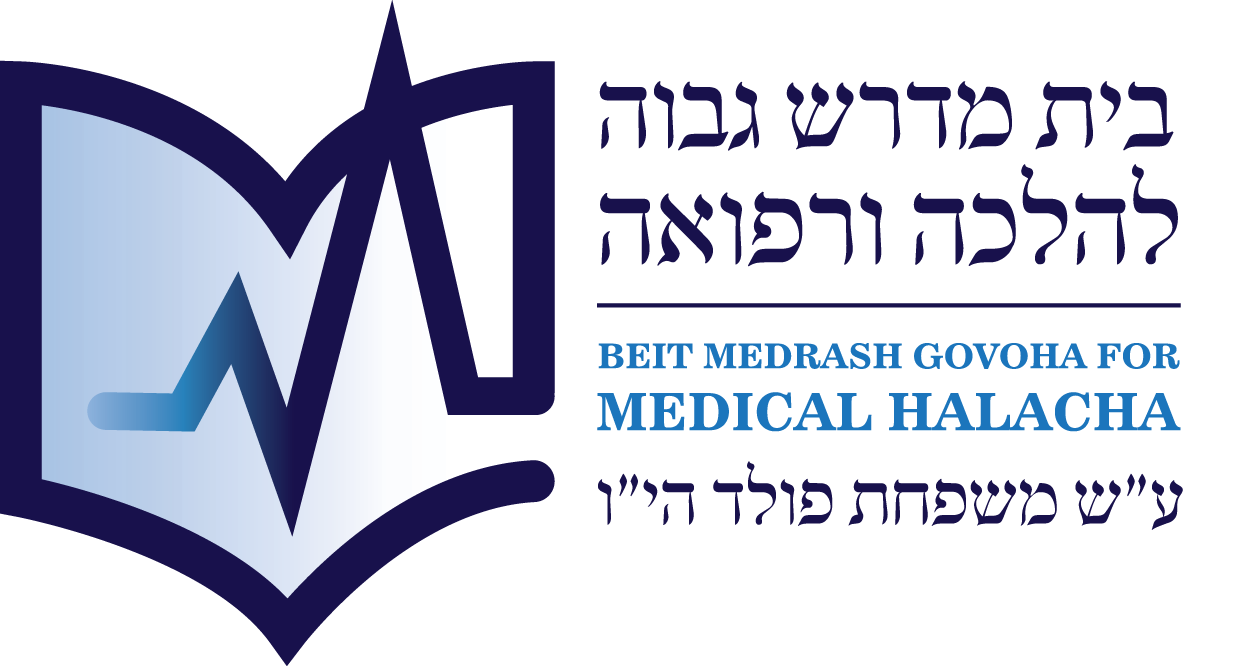
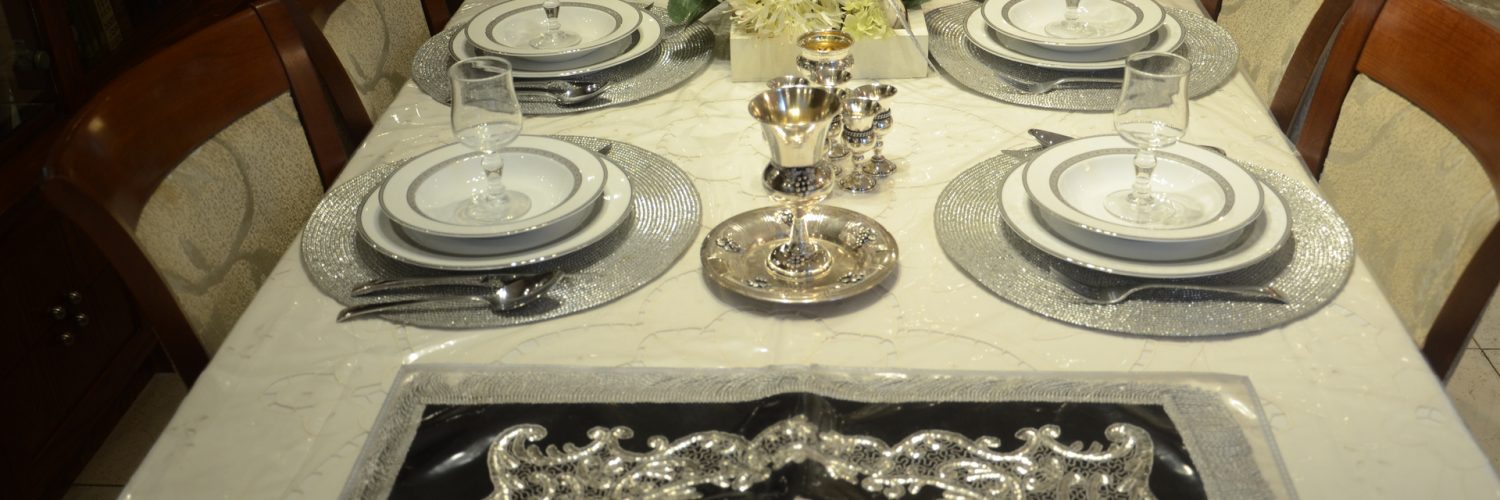
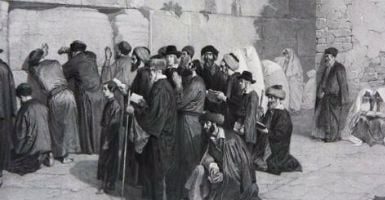
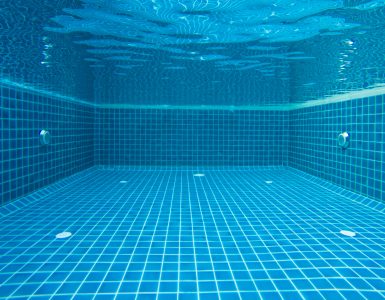










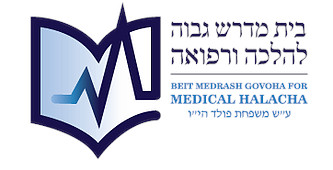
Add comment